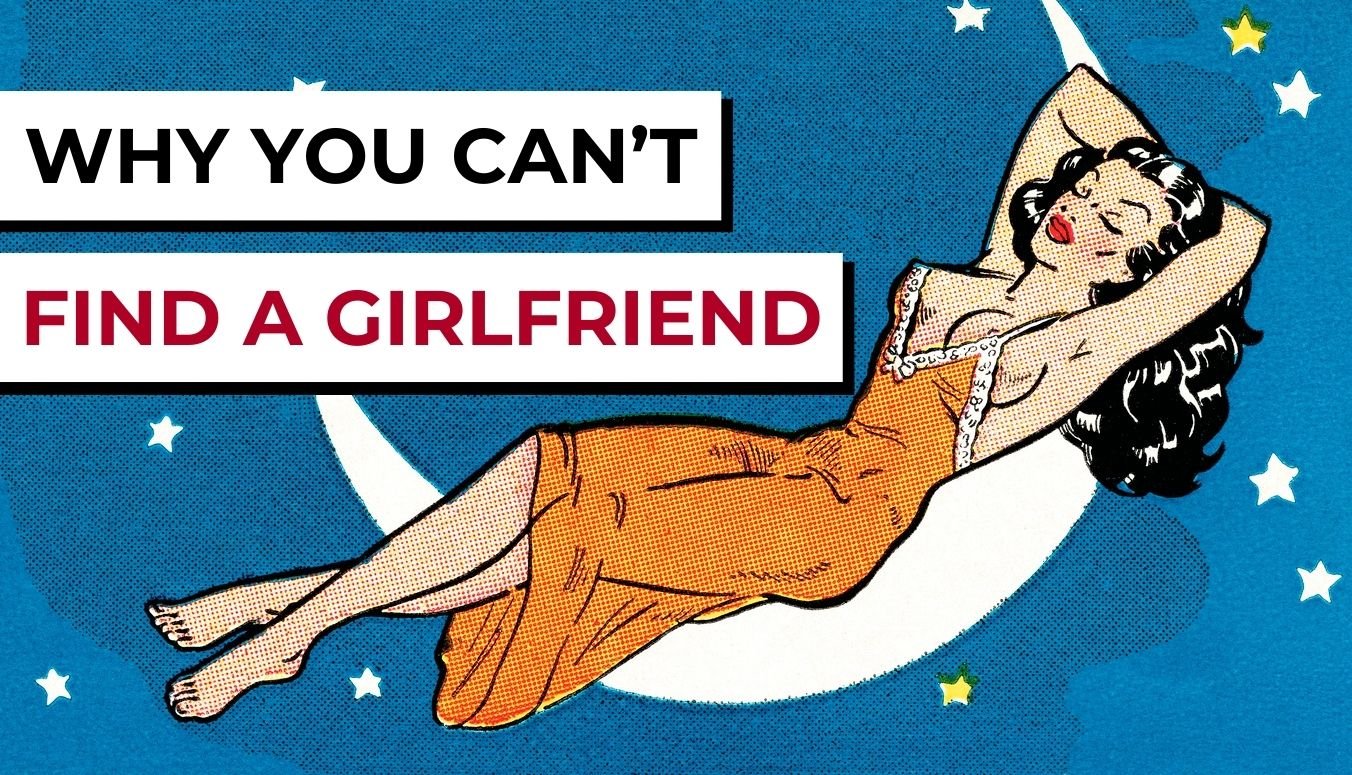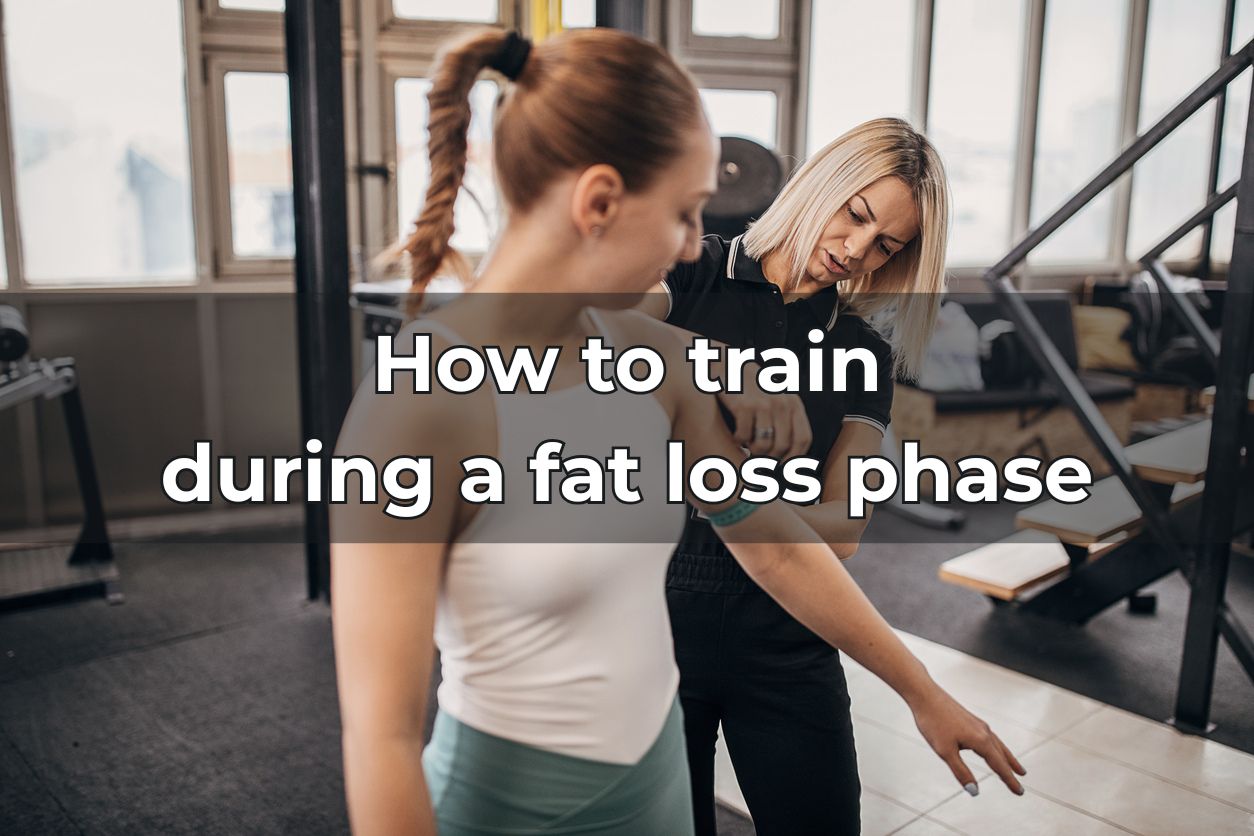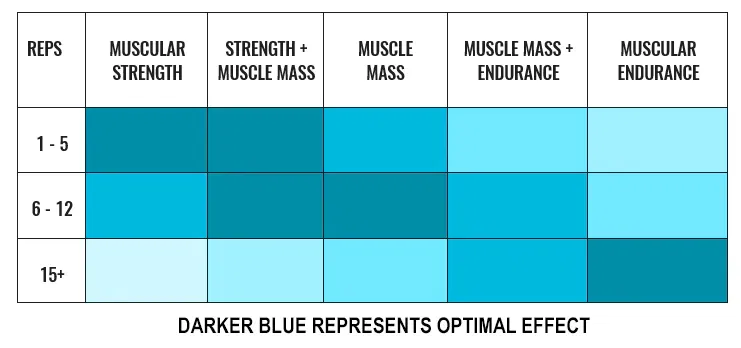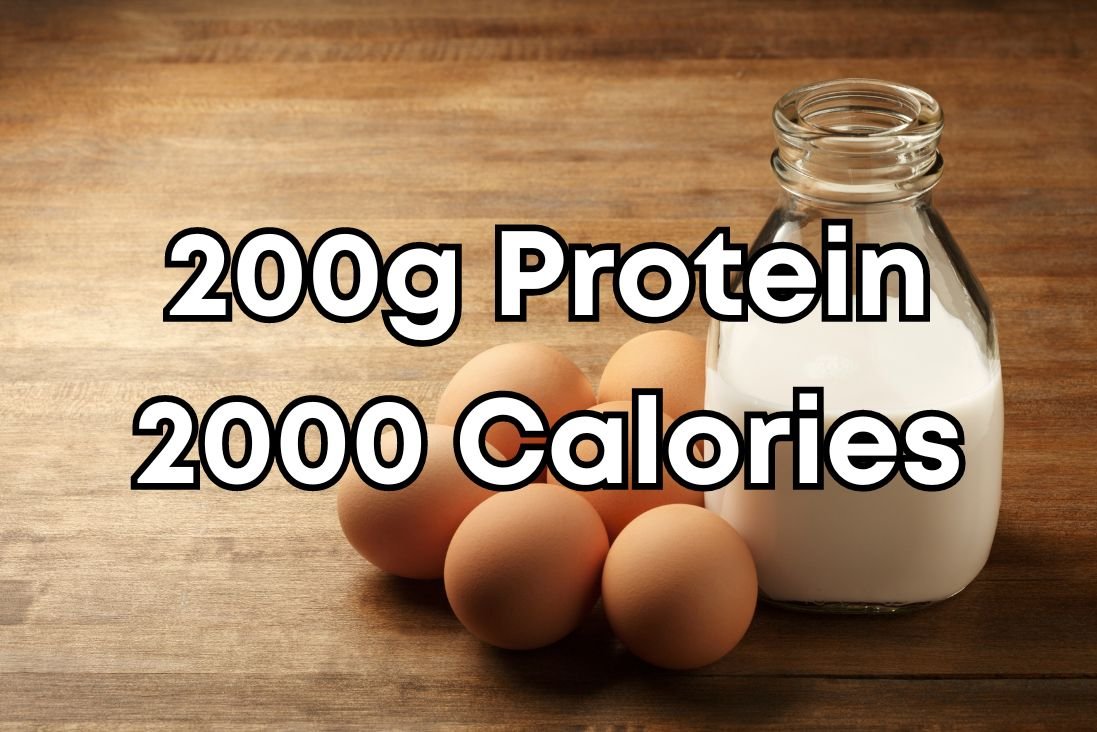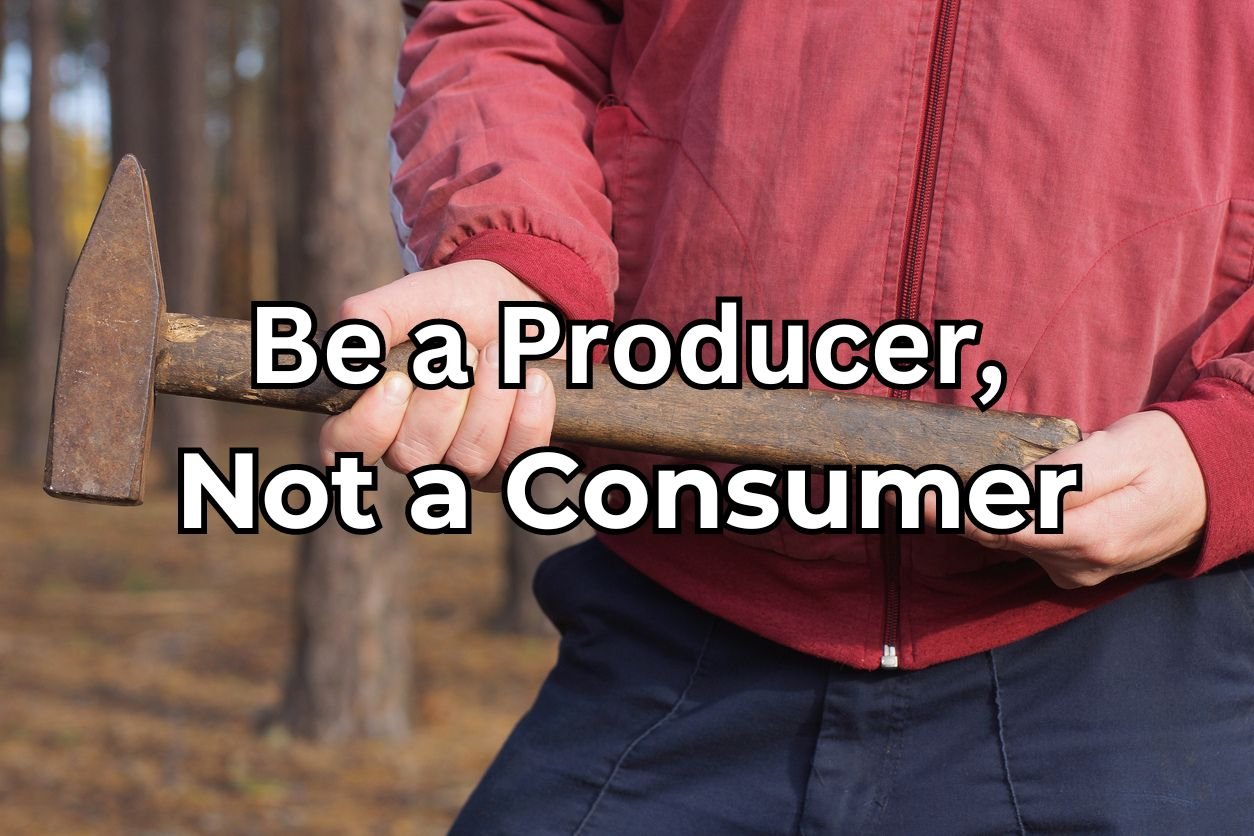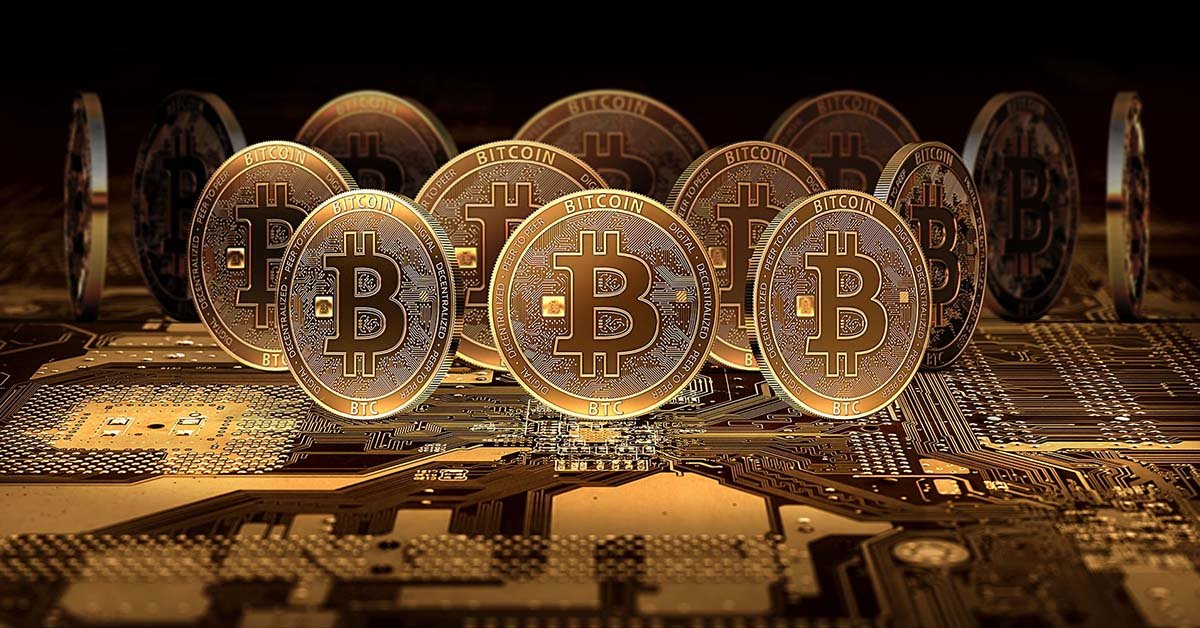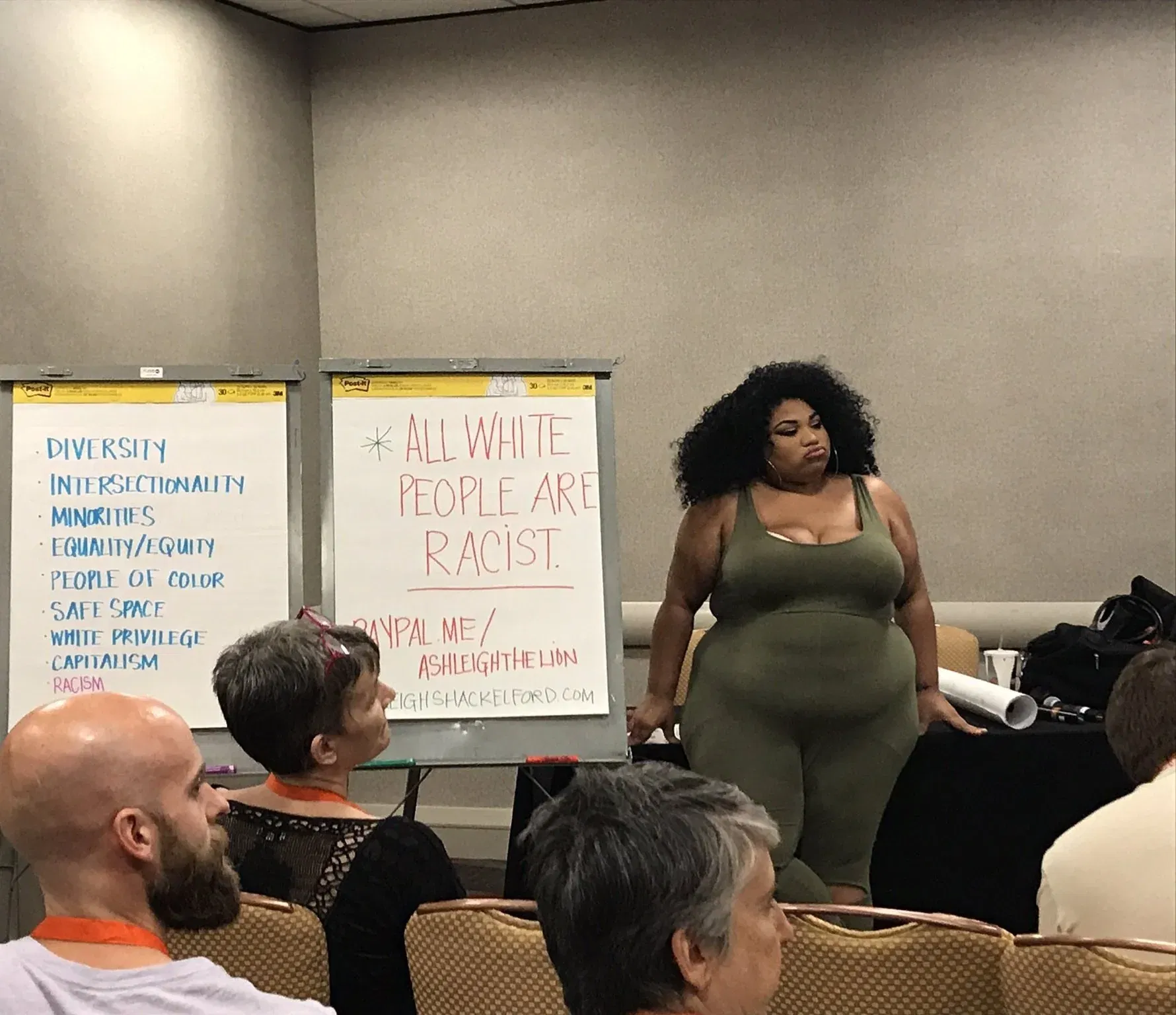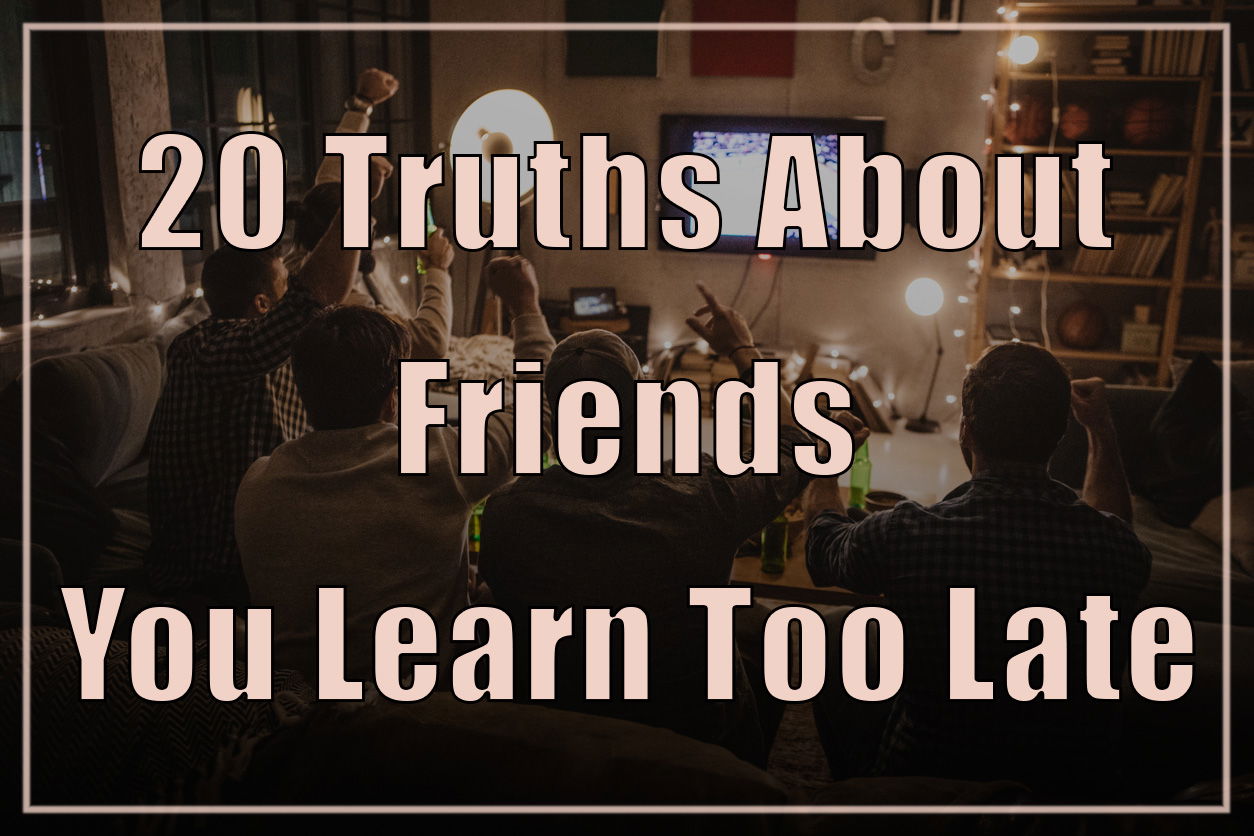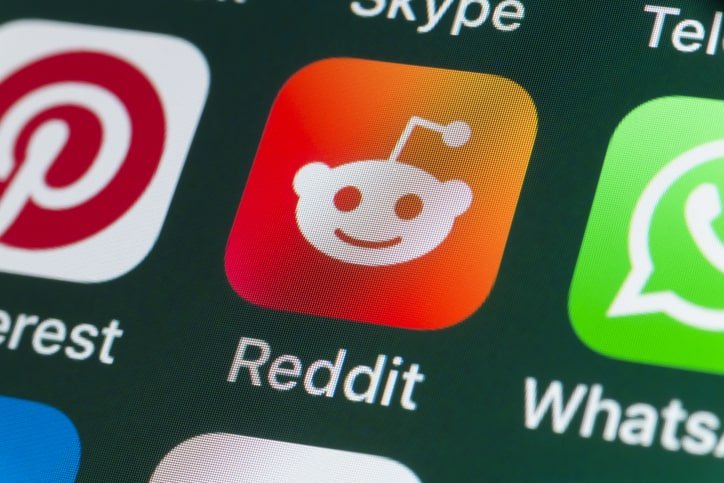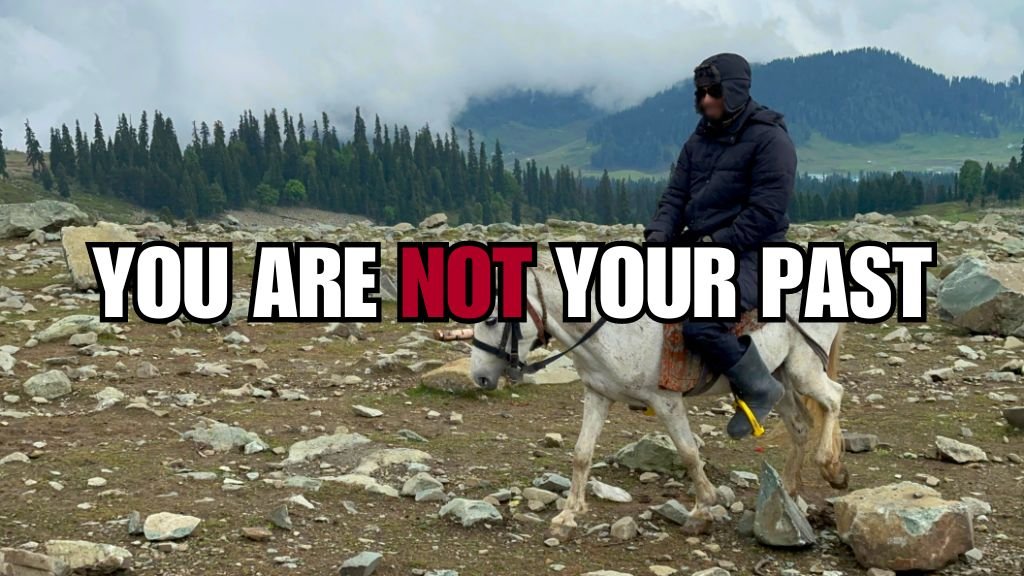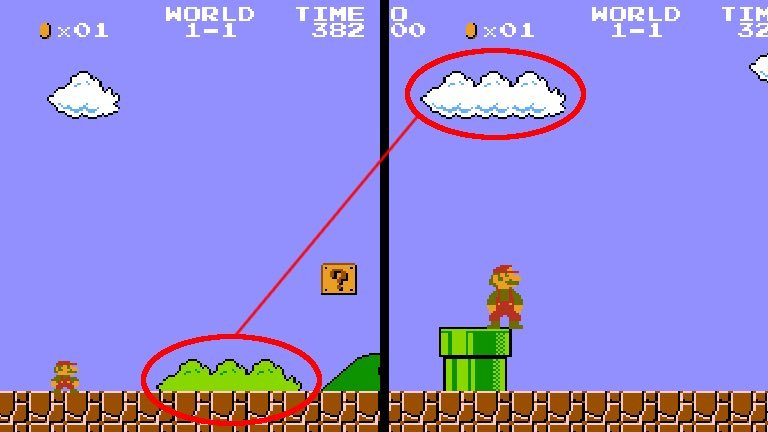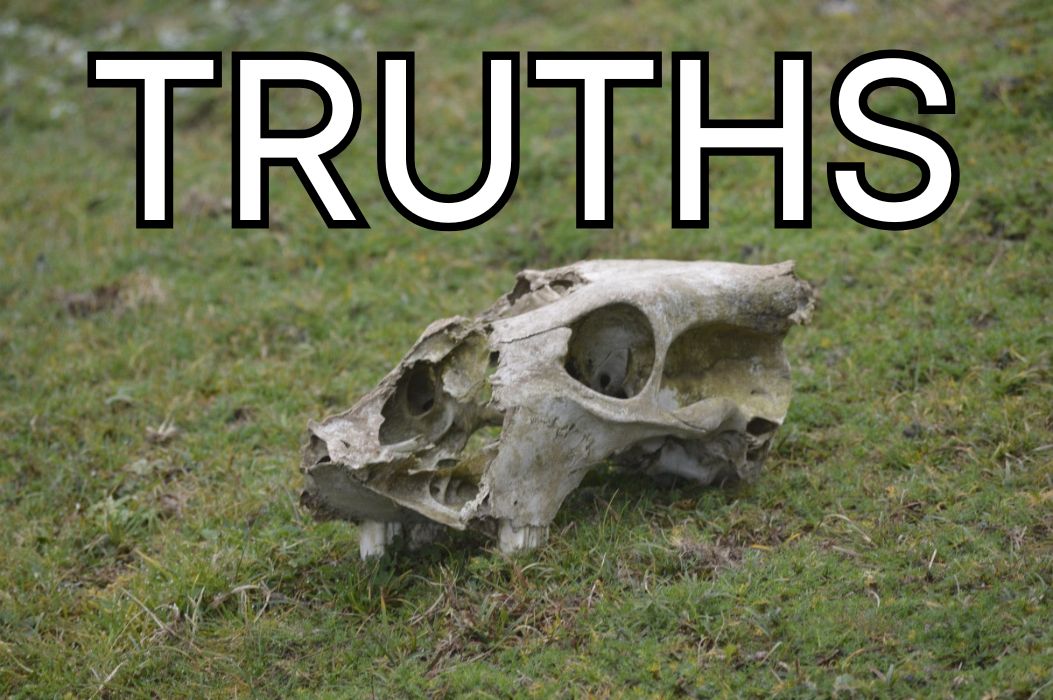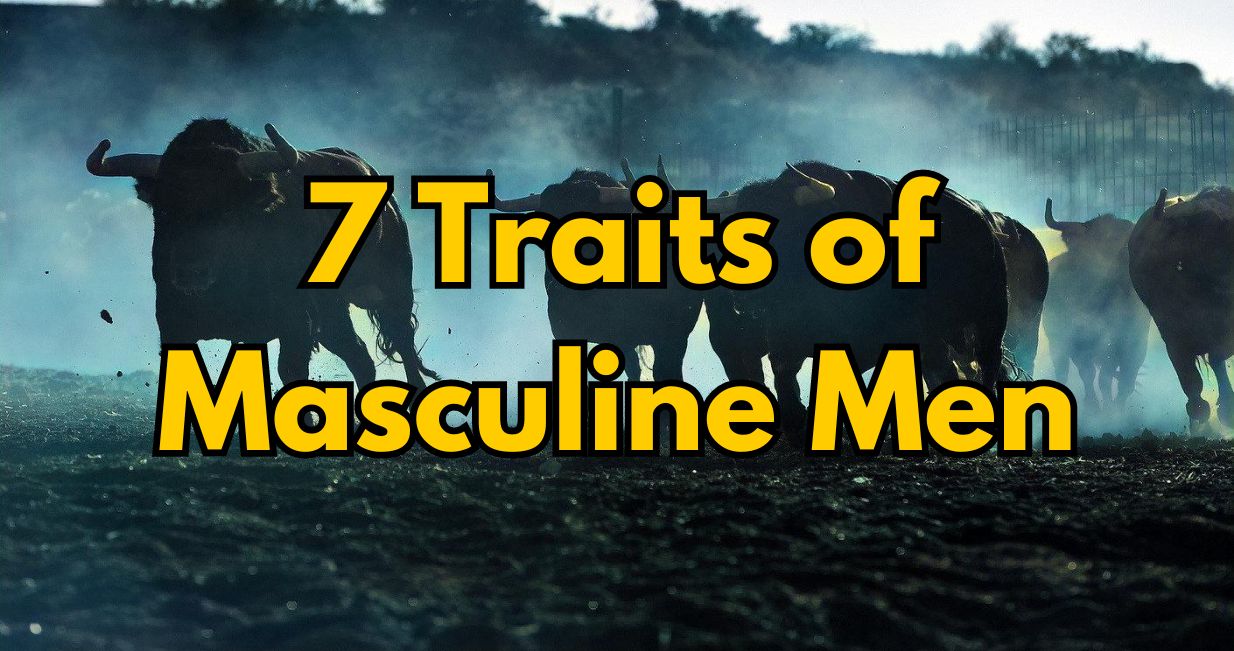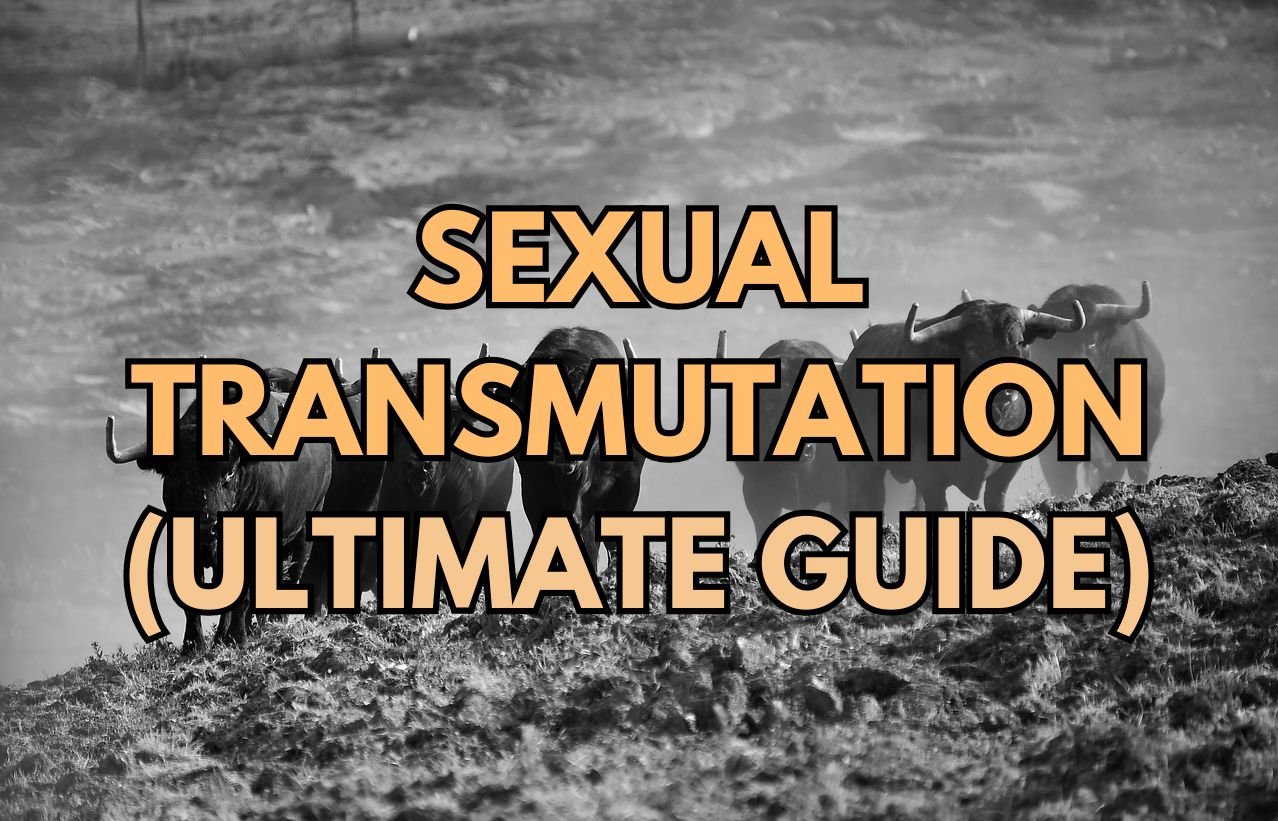In the previous piece, I talked about what metabolism actually is. In this piece, let’s talk about how energy is produced in the body. I want to cover this because there is a fuckton of misinformation about this topic on the internet (largely spread by the anti-carb cult).
It all boils down to ATP (Adenosine Triphosphate)
You are not a simple machine like a steam engine. The human body does not take in food, burn it with fire, and use the heat generated to power its cells.
All the macronutrients – carbs, fats, and protein – have chemical energy stored in the bonds that hold their molecules together. Your body generates chemical energy by breaking the bonds within them (the bonds and not the atoms themselves).
As far as your cells are concerned, the form of energy they use is called Adenosine Triphosphate (ATP). As ATP is used, the cells convert it to Adenosine Diphosphate (ADP).
The Tri becomes Di as a phosphate group is removed when “used”. The energy production process adds back a phosphate molecule and converts the ADP back to ATP.

Almost all of your cells make their own ATP. This is done by the mitochondria of your cells.
If you were taught “mitochondria is the powerhouse of the cell” but never knew what it actually did, well now you know. It turns ADP into ATP so the cell can use the ATP to do its processes.
Fun fact: Most metabolically active cells have hundreds to thousands of mitochondria.
Fuel Choices
All macronutrients (protein, fats, carbohydrates) can be used to provide the cells of your body with energy for their processes.
Protein is by and large used in the body to build and repair the cells and tissues in your body. Your body can and does burn protein for energy but it’s a small contributor and providing energy isn’t the primary role of protein.
Most of the energy needed by the body in normal situations comes from burning glucose (carbohydrates) and fatty acids (fats).
I should mention that providing raw material for energy production is not the only role of these nutrients. Fats and carbs (in the form of polysaccharides) are also necessary to build and repair cells in the body.
Fatty acids and glucose are usually both used at the same time for ATP production.
However the ratio can change depending on the situation.
If you are in a fed (high insulin) state, glucose oxidation increases while fat oxidation declines. In fasted states, fat oxidation increases and glucose oxidation declines.
When doing moderate level exercise (eg. zone 2 cardio), fat oxidation goes up. High intensity cardio tilts the ratio towards carbs.
Keto

When you are in a prolonged low insulin state (usually when you’re eating very few carbs), your fat cells start releasing fatty acids into your blood. The liver converts the fatty acids into something called ketones.
These ketones can be used by many of the body’s cells as an alternative form of energy.
Many of these cells can “adapt” to using ketones over time and work nearly as well as if they were getting glucose. Some cells still cannot use ketones.
For most of the cells that do adapt to using ketones, the adaptation is not “perfect”. What that means is that some glucose is still necessary (even a very keto adapted brain requires some glucose).
This is why there are no essential carbs. Carbs are so important to the body that we have evolved specific machinery to make glucose from other nutrients (gluconeogenesis) when carbs are not available to us.
High intensity work still requires fast ATP and glucose is unmatched (there is a reason why very few athletes are on keto). Almost everyone underperforms on true high intensity work if they don’t have enough glucose in their system.
Special Preferences
Some cells in the body have special preferences for evolutionary reasons.
Brain: Runs primarily on glucose in mixed diets; after a few days of ketosis, can get ~50–70% of ATP from ketones, but still requires some glucose.
Heart: Strongly prefers fatty acids (oxidizes ketones when available) but will use glucose in a high insulin state (this preference should be fairly obvious – glucose is not always available)
Liver: Prefers fatty acids
Kidneys: Prefer fatty acids
Type 1 Muscle: Mix that leans towards more fats
Type 2 Muscle: Mix that leans towards more carbs
Red blood cells: Can only burn glucose
The Conclusions
The reason I’m telling you all of this is so that you are not misled by diet cults (like anti-carb) and marketers.
After you’ve read this piece, a few things should be crystal clear:
1) There are no such things as “clean energy” and “dirty energy” foods.
ATP you generate from all foods is exactly the same. There is no difference between ATP generated from nutrients from rice, sugar, chicken, mutton, fish, gruel, or whatever else. It is exactly the same.
They might have different digestion times, carry other useful micronutrients, and have different macronutrient profiles, but as far as energy quality is concerned, it’s all the same. The nutrients are broken down to build ATP.
“Clean energy” for food is purely a marketing term that has no physiological meaning whatsoever.
2) Ketones are not “superior” to glucose.
The body is optimized to run on glucose. It is our default food source. It is only when glucose is not available that the body starts ketone production.
Regardless of what the anti-carb cult tells you, you will not perform at your best on any high intensity without glucose.
This is not to say you can’t do much on keto. The point is that the guy showing his feats on a ketogenic diet will be able to do even better if he has ample glucose available in his system.
Ketones are a fallback mechanism that prevents you from dying when glucose is unavailable.
3) Keto is NOT a natural long term diet for human populations.
Yes keto will help you eat less and thus lose weight. But that does not mean is the the “natural” diet for the human body.
If it was, it would be our main and preferred source of energy, and not a fallback/secondary source of energy.
When adequate quantities of glucose (technically insulin) are present, ketogenesis remains suppressed. Adapting to ketogenesis is literally a starvation response.
In fact, babies have a higher risk of dying on keto. This is why populations that were forced into keto by living in places with low carb availability got ketogenesis selected out of their diet.
The Inuit (a population that lives around the arctic with little vegetation) have a CPT1A gene variant that alters how they use fats. Their production of ketones is heavily dampened i.e. in practical terms, they cannot “do keto” even if they wanted to.
The babies that didn’t have this genetic variation were more likely to die. Over time, they all have the genetic variant.
Carnivore/keto/very low carb is *not* a diet that the vast majority (99%) of ancient humans ate at any given point in time.
Barring a few populations that lived in places that didn’t have access to plant foods, no ancient prehistoric human ever said “I’m only going to eat animals and not plants that are right there”.
We are omnivores – not herbivores or carnivores. The historical human diet is “I ate what was available”.
That’s all for this piece.
See you in the next one.
Your man,
Harsh Strongman
After the publication of this piece, I received an interesting question from a reader named Eric that I thought was worth addressing.

Eric asks:
I have read the article. Good. You forgot to add that 1g of fats give 9 Kcal while 1 g of proteins or carbs give 4 Kcal. That means fats offer more fuel than the other two macronutrients.
I am aware of the line of thought you are coming from where fats are considered to be a “better” fuel because they are more energy dense. However, this is based on a fundamental misunderstanding of physiology.
In the context of energy production and metabolism, it makes no significant difference that some macros have more chemical energy than others. Our cells do not work like electric motors where a higher voltage battery makes the motor spin faster than a lower voltage battery.
The cells need ATP to function, and they make as much ATP as needed (limited by their production capacity and oxygen availability) from the fuel sources available to them. It is demand based and not supply based.
If they have higher energy density fuel sources, they need less of it to make the same amount of ATP, and if they are using lower energy density fuel sources, they just use more. The end result is the same i.e. they make as much ATP as they need (or as much as they can if they hit a limiting factor like oxygen availability).
Also, there is more to the story than energy density. It is true that PER UNIT of fatty acids you get more ATP than glucose, but you get more ATP from glucose PER UNIT of oxygen.
Another factor is that ATP production from glucose is also faster than ATP production from fatty acids and this is why glucose is so useful during high intensity exercise. Endurance training increases fat oxidation capacity, but it still can’t match the peak ATP supply rate of glucose at high intensities.
Many cells are optimized to prefer one fuel source over the other depending on their evolutionary context and what the limiting factor is.
| Title |
|---|


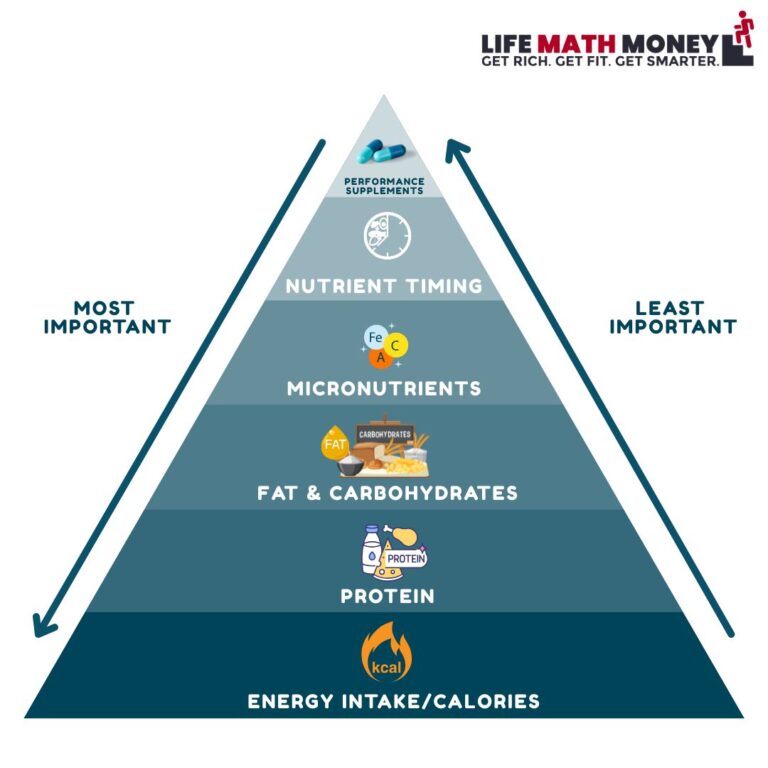






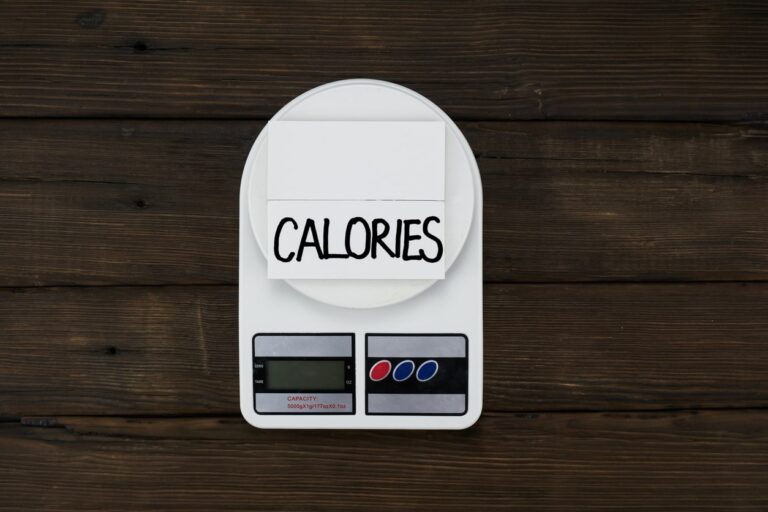
![Traits Women Find Attractive Traits Women Find Attractive (And How to Score Yourself) [PART 1: Physical Aspects]](https://lifemathmoney.b-cdn.net/wp-content/uploads/2025/11/Traits-Women-Find-Attractive-1.jpg)




